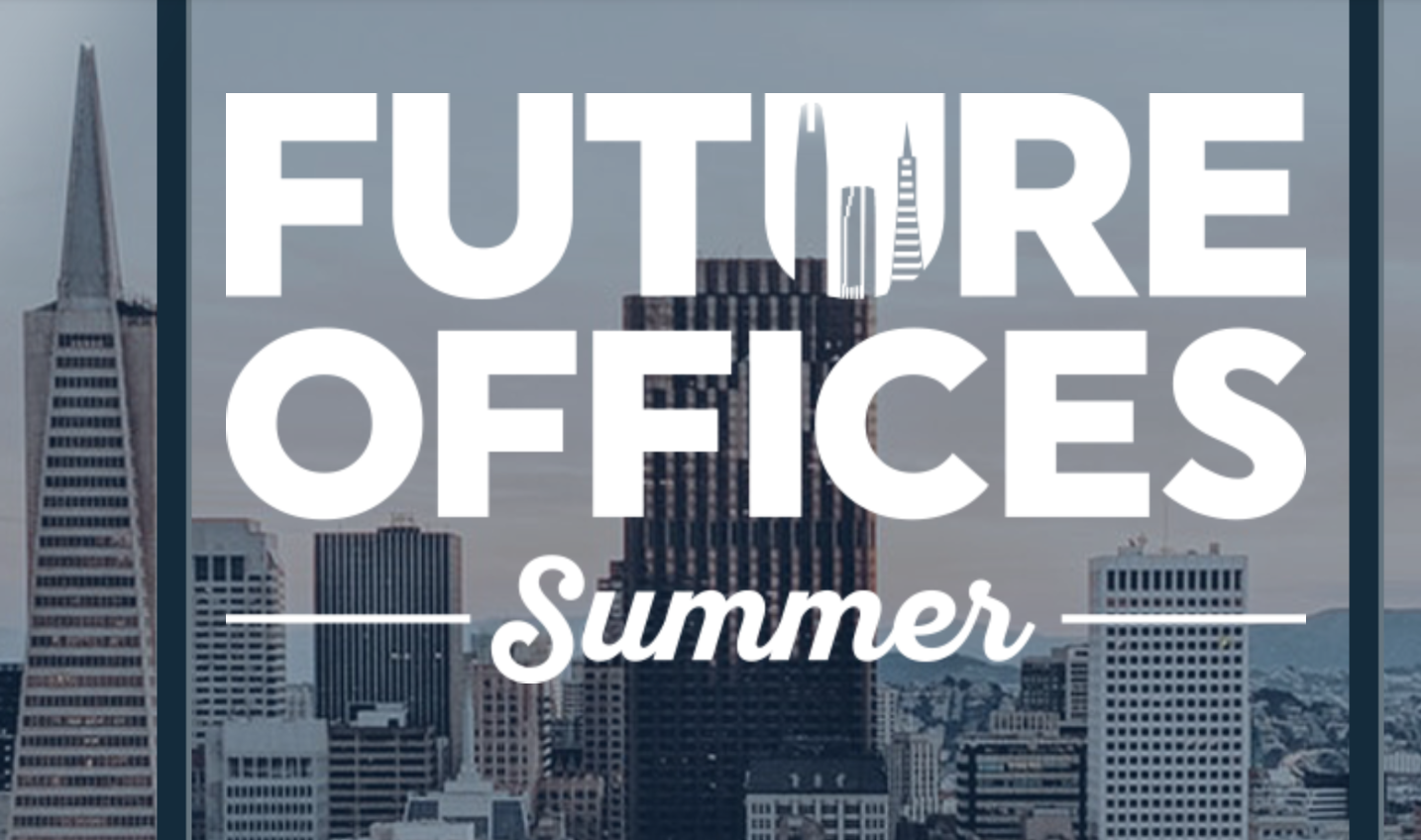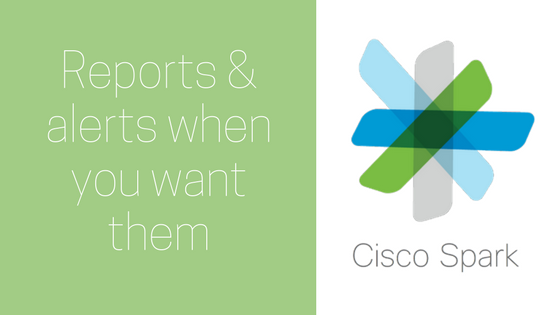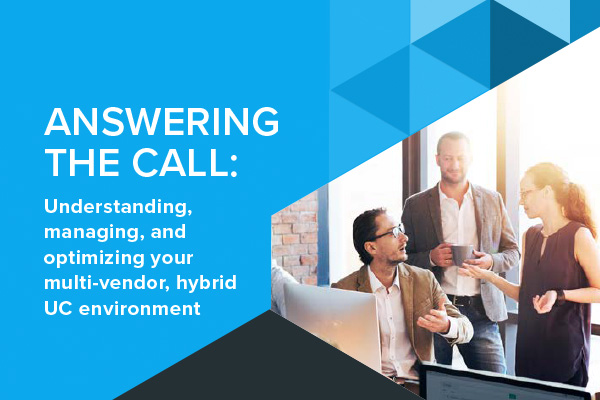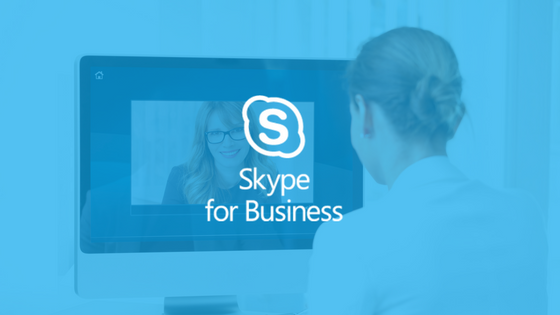Did you miss Future Offices Summer last week in San Francisco? Never fear…we have the scoop on some of the most talked about challenges and real-world solutions. The story we heard over and over again was how companies were utilizing data to make better decisions about workplace redesigns. With the rise of activity based working, we all need a better way to understand how our spaces are being used and who is using them. What was the common thread? Data…
Data as the Key to Workplace Transformation – Vyopta
First up, Vyopta’s Director of Customer Success, Matt Stevenson, spoke about data as the key to workplace transformation. We hear a lot of talk about the future of work and workplace transformation. That covers a wide range of topics, but one thing is certain, companies today need more and better visibility into how their spaces are being used than ever before.
While companies certainly recognize the need for workplace analytics and data on their room utilization, the way that we typically invest in spaces and technology is still pretty much based on guess-work. Would you believe that a whopping 73% of companies have no data about how their meeting rooms are being scheduled and used?
And it gets better:
- 50% of the top ten offenders for missed bookings are ex-employees.
- 35% of scheduled meeting spaces are missed meetings.
- 60% of a room endpoint’s utilization is outside of a call.
But all isn’t hopeless. Intelligent workplace sensors are already located in your rooms allowing you to work with your IT department and technology you already have to get better insights into your rooms.
Having sensor data only gives you part of the story, though. When you pair your sensor data with calendar data, that’s when you can really start piecing the story together.
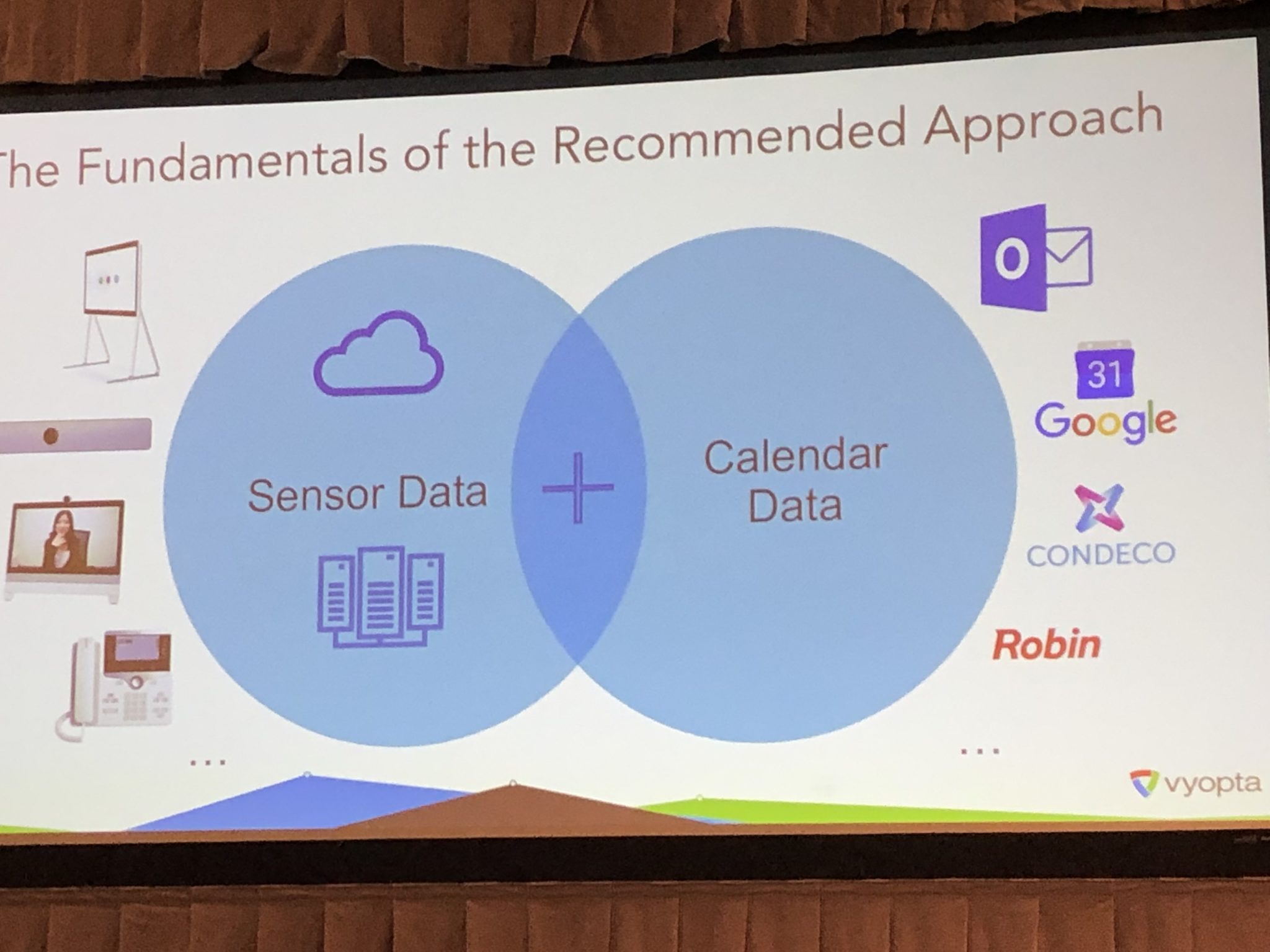
Knowing when and how your rooms are being used, allows you to:
- Gain visibility into room utilization
- Reduce inefficient room usage
- Plan for growth and build-outs effectively
To see firsthand how Vyopta provides these insights, take our Guided Tour and choose Workspace Insights.
Gilead Sciences Leans on Partnership with HDR to Create Innovative Collaborative Spaces
As we all know, work doesn’t just happen at your desk anymore. It happens everywhere — whether that’s at your desk, a huddle room, a meeting room, in the cafeteria, or even outside. To address this shifting way of working and provide the best possible workspaces for its people, Gilead Sciences worked with HDR to redesign their workplace.
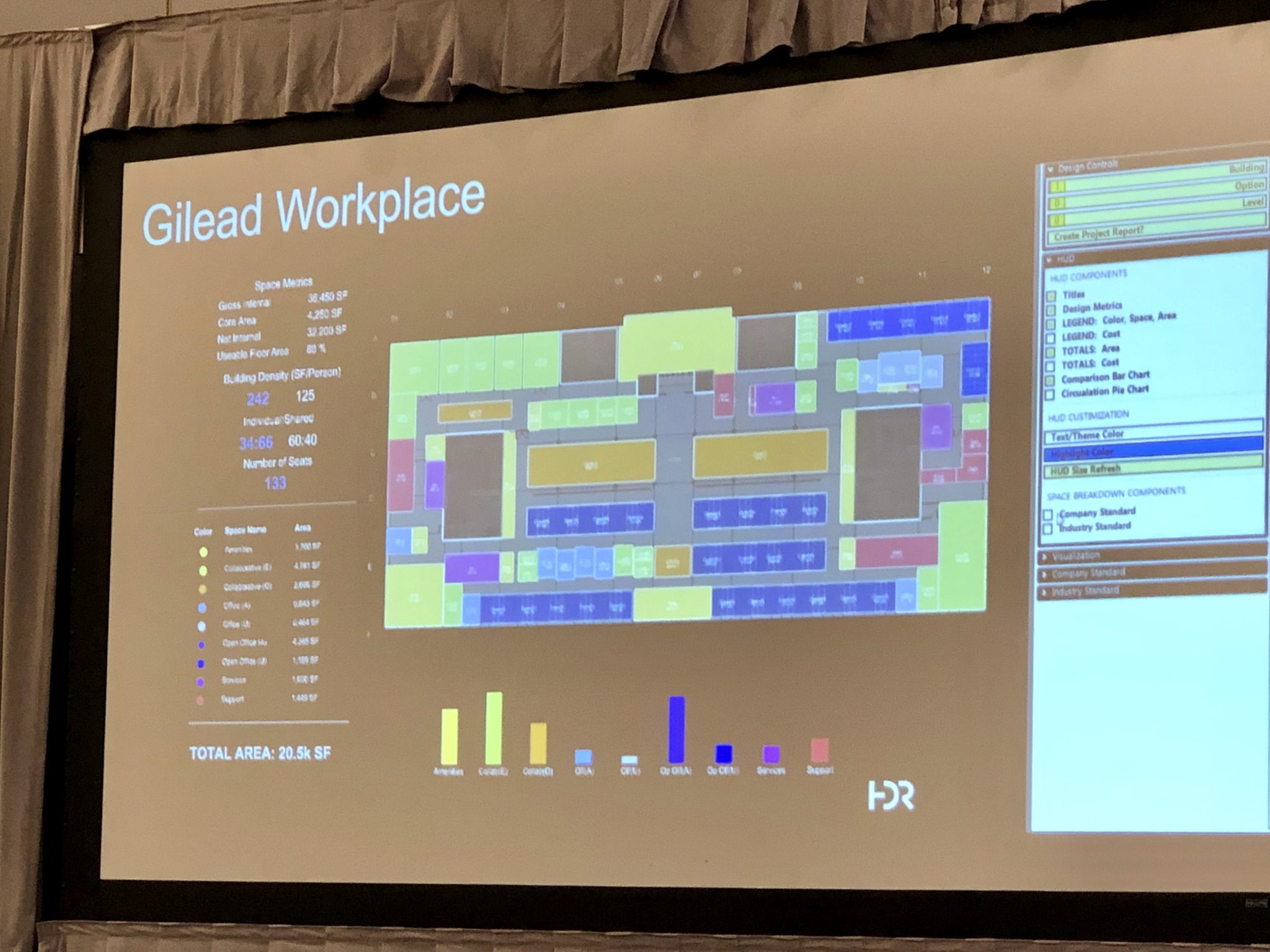
Senior Director of Corporate Facilities for Gilead, Assal Yavari and Interior Design Practice Leader of HDR, Leah Bauer spoke about the inspiration for the project, the challenges along the way, and ultimately how data influenced a shift toward more open and collaborative spaces.
Prior to the project, hiring projections indicated that Gilead would need a new ten story building to keep up with current projections. Believing that collaboration drives innovations, Gilead and HDR created a redesign plan that incorporated more open spaces as well as small spaces where teams could collaborate on the fly. The move to a more open environment allowed their teams to get their work done but easily interact with others when needed, and the deployment of Zoom for video collaboration made video enabled conference rooms a very important part of the redesign.
The two year process was a great success with Gilead able to funnel the money earmarked for a new building back into R&D to fuel even more innovation. Post-occupancy surveys revealed that employees were happy with the new spaces and loved the options of working in the cafe or outdoor spaces vs at their desks, creating a more compelling campus that supported employee growth with the existing buildings.
We love that Gilead and HDR were able to leverage data to create innovative workspaces.
To see firsthand how Vyopta can provide even more workspace analytics, take the Guided Tour and choose Workspace Insights.
The Future of Work and Evolution of Space Requirements – Indeed
When David Rudick joined Indeed in 2009, there were about 100 employees. Fast forward 10 years and approximately 9000 employees later, and it’s easy to see what an incredible growth journey they’ve been on as a company. With massive changes in such a short time, Indeed had to employ different strategies to accommodate their massive growth at different stages.
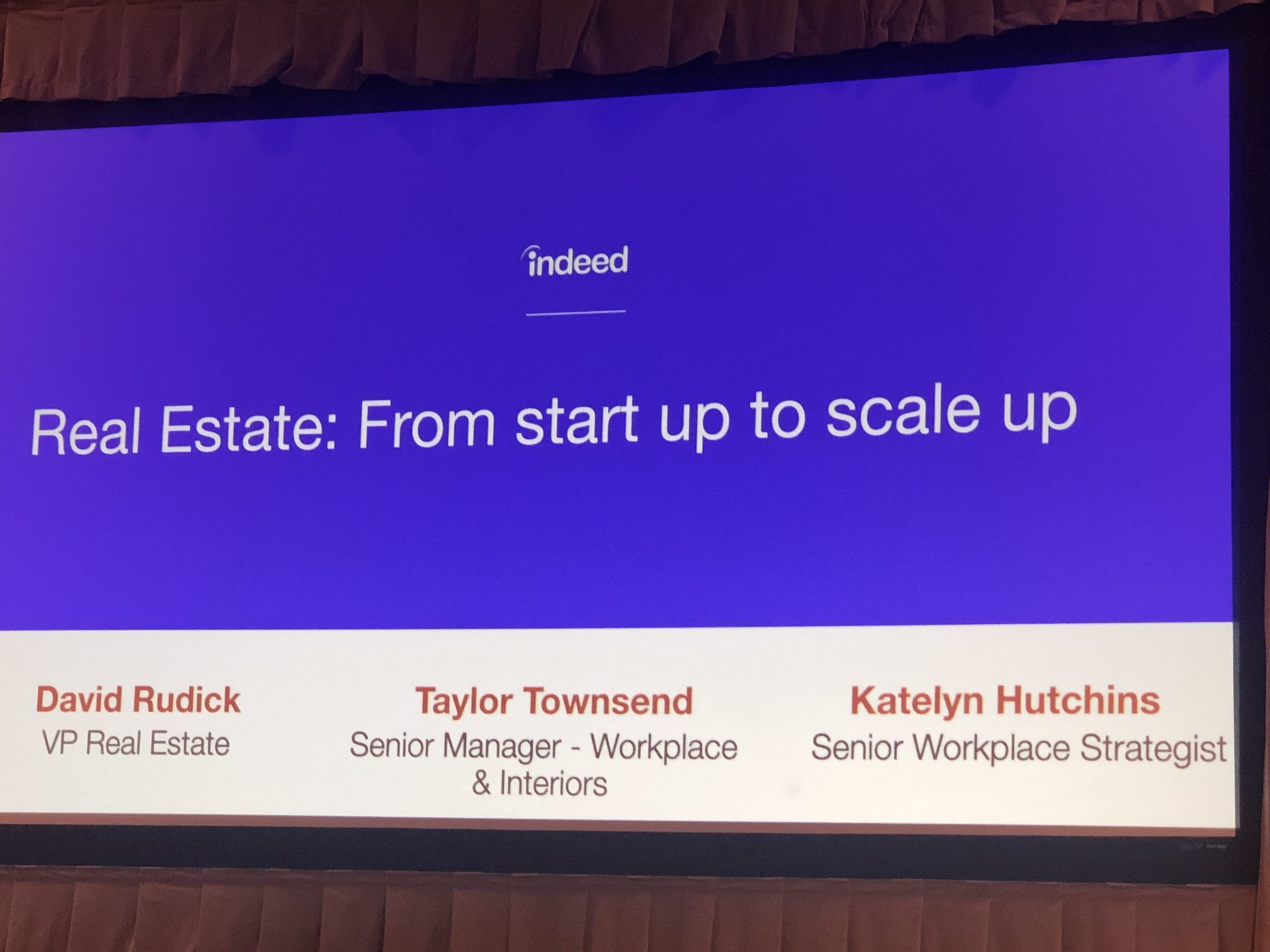
Start-up
In 2009, with 100 employees, Indeed was firmly in the Start-up phase. Basically, it was the Wild, Wild West, and you had to do whatever it took to get things done. There wasn’t a lot of dependency on data at this stage or adherence to corporate brands or standards.
Growing Pains
But soon, they reached the growing pains stage. They were growing rapidly and real estate became a constraint for growth. Local expression wasn’t aligned with the company brand. Capacity planning was critical in all areas from office space and rooms to parking.
Scale Up
Once you’ve reached this stage, data and plans based on activity based working are crucial. You really want to solve problems before they arise and plan for the next 3 years with the best estimates of headcount growth. Local leadership will be involved in site selection and test fit review, and design is a function of budget. You look to improve the workplace via capacity tracking, focus groups, and sustainability initiatives.
Taylor Townsend shared how Indeed worked data into their planning with a pilot in their London office. For a duration of three months, Indeed deployed sensors at each workstation and in each conference room chair. What they found was that conference rooms were much bigger than they needed to be with the average conference room seating 6 people and the average meeting taking place with 3
Taking activity based working a step further, they took a look at how people actually used their workstations and discovered that they could move to a 1:3 desk to employee ratio instead of 1:1 with high employee satisfaction with the arrangement.
In this phase, you want to think about:
- Observation studies
- Flexible seating pilots
- Activity based working
- Parking + transportation solutions
Indeed’s data analytics set them on an interesting journey to a new workplace design. Find out what insights you can get about your workplace utilization by visiting our Guided Tour and selecting Workspace Insights.




